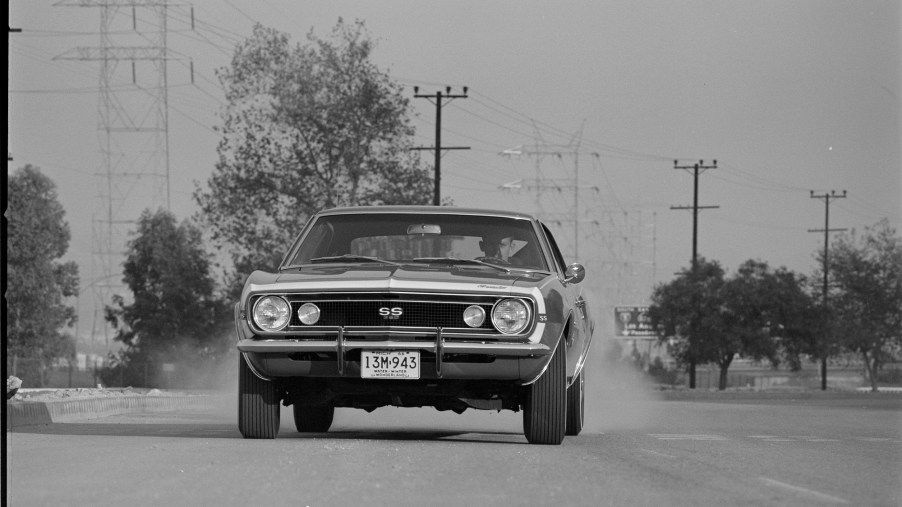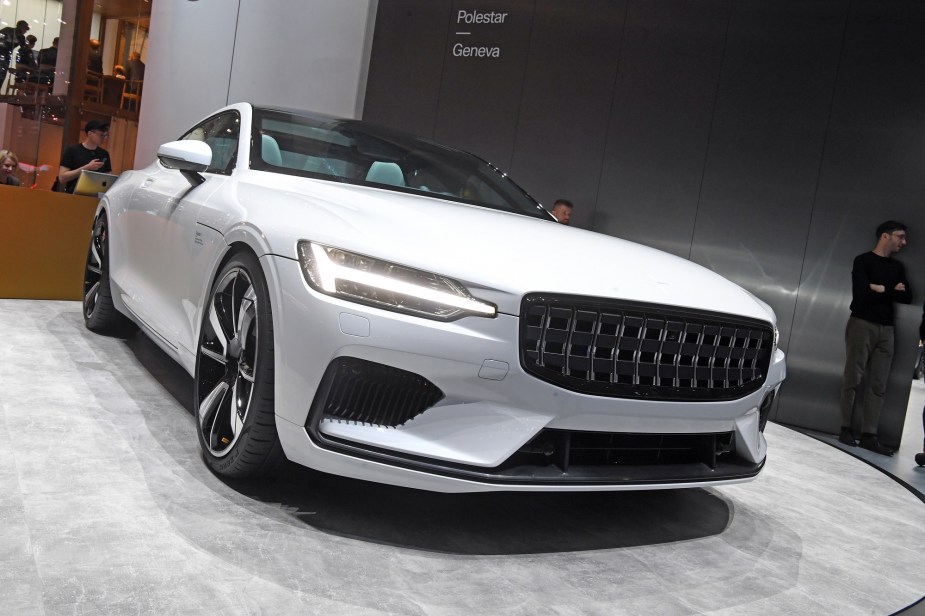
EVs Are Worse for the Environment Than Classic Cars
You’ve probably heard it from a coworker or friend, “producing your electric vehicle is more harmful to the environment than keeping an old car!” It turns out that there might be a kernel of truth to that statement. While electric vehicles pride themselves on zero CO2 tailpipe emissions, and they should, the harm is elsewhere. As a result, running classic cars might be better for the environment than EVs.
Are EVs worse for the environment than classic cars?
Regarding tailpipe emissions, classic cars are much worse for the environment than EVs. Since EVs lack internal combustion architecture, they don’t burn hydrocarbons and don’t pollute. However, there is a feather in the classic car cap that EVs can’t beat.

How are some classic cars better for the environment than EVs?
Classic cars generally drive shorter distances and less frequently than EVs, so they pollute less than many modern cars driving greater distances. Also, with overdrive automatic transmission and an out-of-the-box electronic fuel injection (EFI) system, even small-block V8-powered cars can hit nearly 30 mpg at highway speeds.
How are EVs worse for the environment?
EVs are bad for the environment in at least two ways. First, electric car manufacturing requires material mining and impactful supply chain operations. According to the UK-based Footman James, a family EV like a Polestar 2 causes around 28.6 tons of carbon dioxide before it leaves the assembly line. In comparison, an average British classic car enthusiast would have to drive their classic for over fifty years to pollute as much.

Next, EVs typically draw their power from grids, which are often connected to fossil fuel-burning and nuclear power stations. As a result, merely charging an EV contributes to harmful environmental impact. However, as renewable energy gains popularity, charging your EV will get much cleaner.
Should you sell your classic car?
Fret not, classic car fans; you shouldn’t sell your prized pollution machine. Your classic car accounts for very few harmful emissions compared to modern ICE cars driven over much greater distances. There are options if you want to cut down on your vehicle’s emissions. For instance, you could swap in a more modern drivetrain, like an LS or LQ engine with a 4L60E transmission. However, there are conversions for the classic car enthusiast who wants to eliminate tailpipe emissions.
Can classic cars be converted to electric?
Any classic car can host an electric conversion. However, some vehicles might be trickier to convert than others. Many companies, like Lunaz and Electric GT, will take your classic and convert it to an EV for you. While that may seem blasphemous, there is an enticing byproduct of conversion.
If you Tesla swap a classic with dual motors, you could end up with an absolute cruise missile. Bloodshed Motors in Austin, Texas built an incredible electric 1968 Ford Mustang that will hit 60 mph in just 1.79 seconds. That is one of the fastest electric cars in the world full stop.
Scroll down to the following article to read about car buying considerations for EV shoppers!



